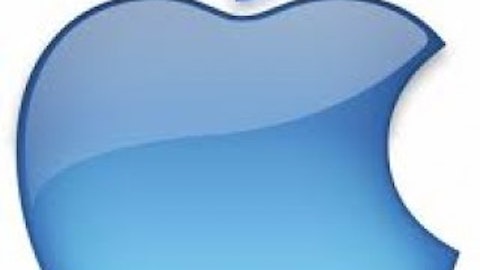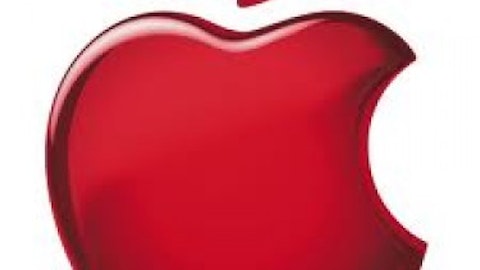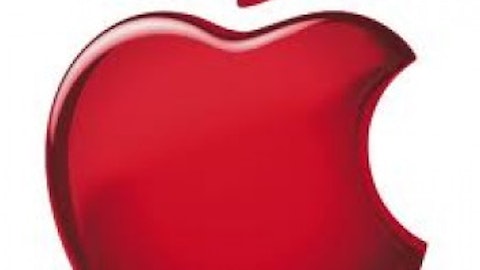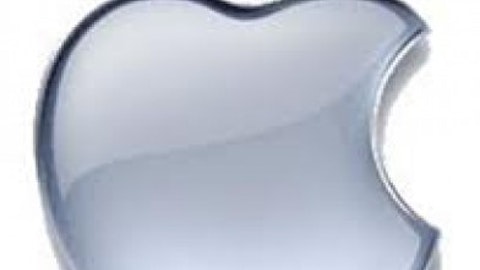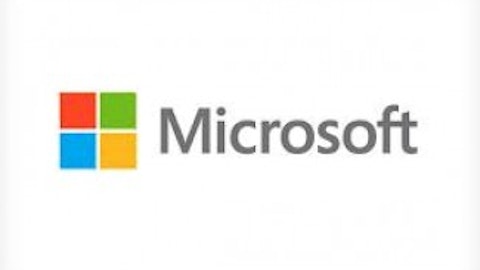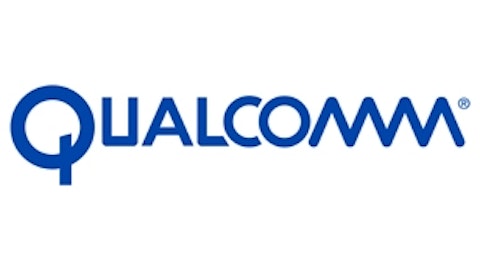The second obstacle is Apple Inc. (NASDAQ:AAPL). The iPad is the first choice of most physicians, with more than half of the 72% physicians using tablets in the U.S. favoring Apple’s seminal tablet, according to Manhattan Research. As a result, most health care apps are being developed for the iPad first.
Bring your own device, or BYOD, restrictions are the third major problem. Many hospitals restrict employees from bringing their own smartphones, tablets, or laptops to work for security reasons. This automatically keeps most non-iOS devices out of hospitals in America.
To boldly go where no smartphone maker has gone before…
Merely turning smartphones and tablets into medical devices is a short-sighted view of the industry. Over the past six years, smartphones unified an assortment of products — media players, PDAs, cameras, and ultraportable computers — into a single device. In the future, smartphones could merge with an assortment of medical devices as well into a new device — possibly like the medical tricorder from Star Trek.
The XPRIZE Foundation certainly believes that a medical tricorder could be created in the near future, and in conjunction with QUALCOMM, Inc. (NASDAQ:QCOM) offered a $10 million prize last year for the team that could produce a functioning tricorder. The winning tricorder will have to quickly scan a patient, summarize the patient’s health condition, display personal health metrics, monitor ongoing health, and diagnose common diseases.
Nokia Corporation (ADR) (NYSE:NOK) has also offered a $2.25 million XPRIZE challenge of its own, challenging teams to develop new hardware and software sensors to improve health care technologies. Some ideas that Nokia has presented include cancer detection devices, heart monitors synchronized to smartphones, fertility monitors, breath analyzers, and inner eye scanners.
Although QUALCOMM, Inc. (NASDAQ:QCOM) and Nokia’s targets are extremely lofty and ambitious, they represent a strong desire from both companies to advance health care IT to new sci-fi heights.
The Foolish bottom line
Nokia Corporation (ADR) (NYSE:NOK) and Microsoft Corporation (NASDAQ:MSFT) both still have a long way to go to regain their respective former glory in handsets and software. Yet the new technologies that the two companies have brought to the table raise interesting questions regarding the future of portable medical devices. Will iPads remain the de facto hardware device for medical practices, built on their robust foundation of app developers? Or will devices promoted by the XPRIZE Foundation force current mobile products to evolve into full-featured medical tricorders?
Either way, investors should look at modern smartphones as more than consumer communication products. A convergence of several more technologies might just be around the corner, and the health care IT industry could be a major beneficiary.
The article The Future of Smartphones in Health Care originally appeared on Fool.com and is written by Leo Sun.
Leo Sun owns shares of Apple and Nokia. The Motley Fool recommends Apple. The Motley Fool owns shares of Apple, Microsoft, and Qualcomm.
Copyright © 1995 – 2013 The Motley Fool, LLC. All rights reserved. The Motley Fool has a disclosure policy.
